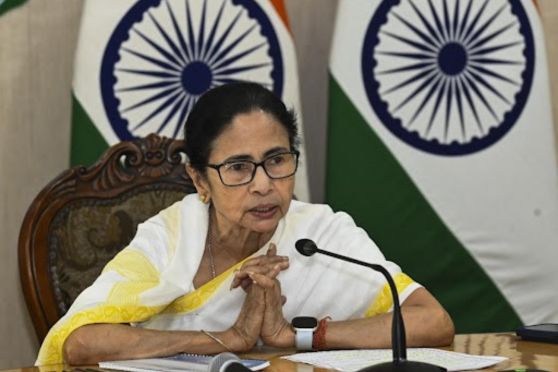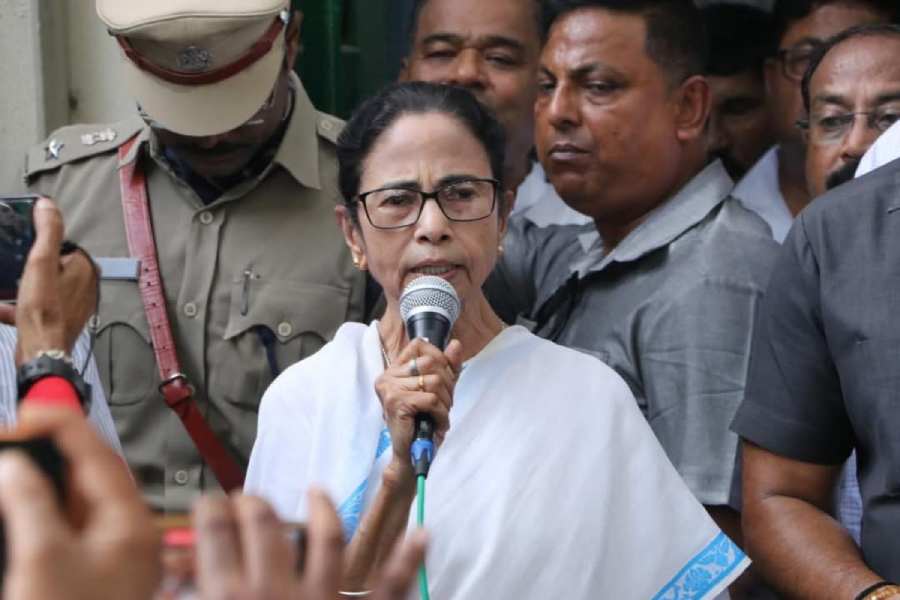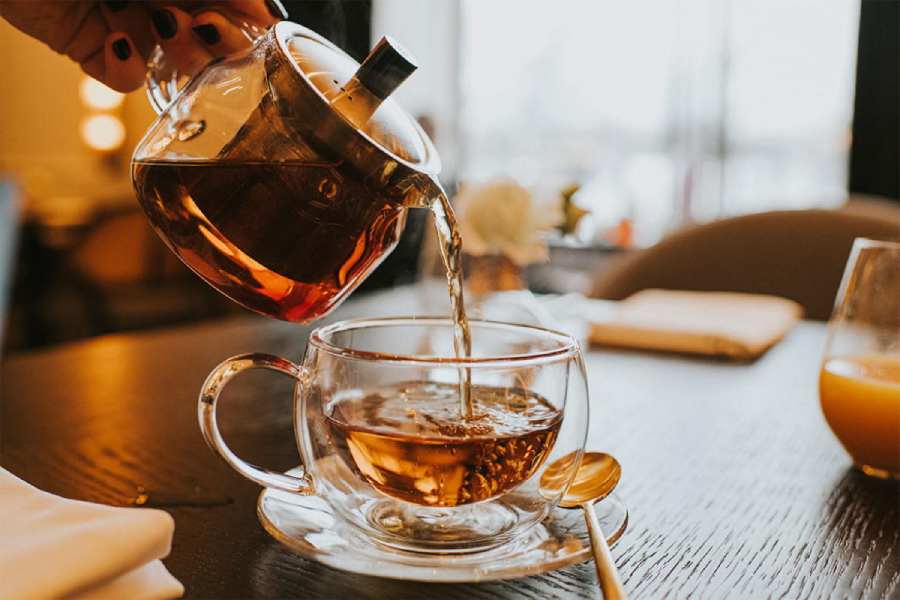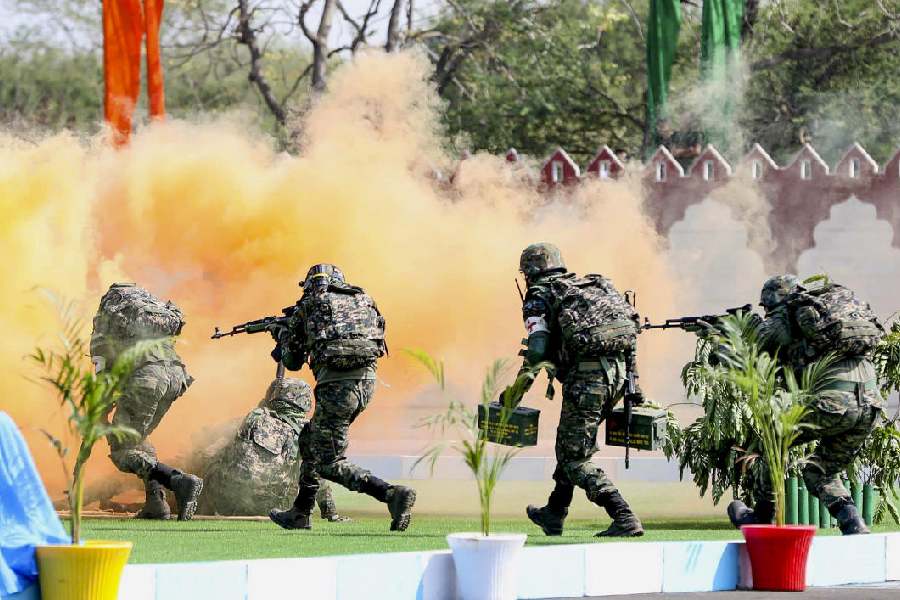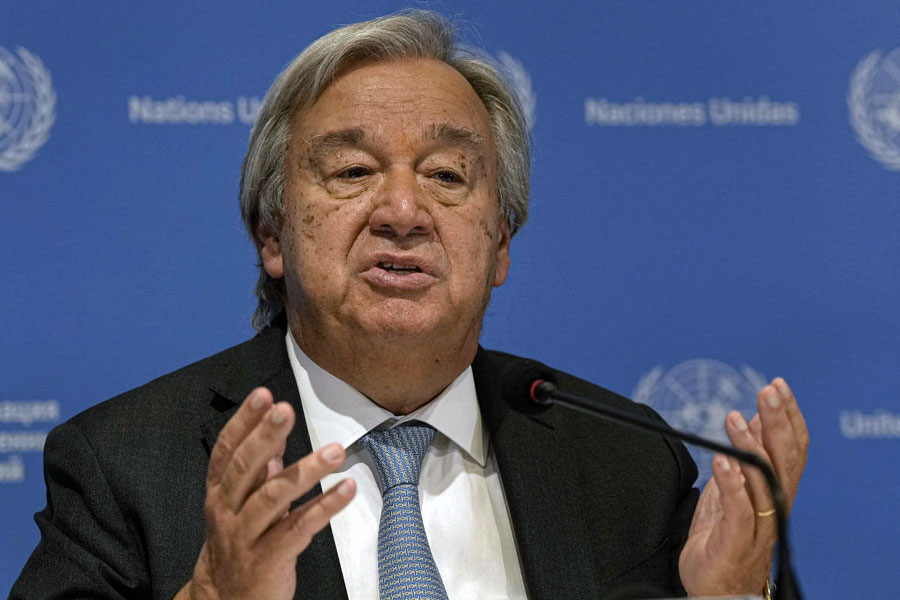.jpg)
.jpg)
Sometimes you don’t need a genie rubbing his lamp to conjure up a magic land — you can just catch a flight to Morocco with its fortune tellers, snake charmers, teeming souks, rich palaces and roadside theatre. Our journey to this exotic country began in the traditional Arab way when my friend Suhail and I landed in Casablanca at the Mohammed V International Airport and we were welcomed by our host, Sanaa, with succulent dates and milk.
But it was a case of hurried helloes as we had to dash off to catch a late-night bus to Marrakech which we reached when the sky was still inky black. We soon realised all those travel guides were telling the truth when they likened Marrakech’s old fortified town of Medina to a labyrinth. Still, we found our lodgings and after a short nap and fortified by a filling typical Mediterranean breakfast — sugar-laden mint tea, a variety of breads, butter and honey — we were ready to explore Marrakech. I specially was keen to see Djema El Fna — a bustling square that leads off into a wondrous maze of souks selling everything from fragrant handmade soaps, burnished crocodile skin, arrays of colourful spices, hand-woven carpets and even black magic accessories.
We wandered around all day, captivated by this feast for the eyes, quenching our thirst by gulping down juice freshly squeezed from Marrakech’s justly prized oranges. Then, as darkness enveloped the square, it suddenly transformed into a chaotic food market. The shrill voices of food hawkers and cooking aromas enticed me to try out one of the delicacies on offer — Tajine, probably the most famous Moroccan dish.
The name of this traditional Berber dish derives from the earthenware pot in which it’s cooked. It’s basically a stew — but what a stew! A true “slow-cooking” dish, made with poultry or other meat, fruits, vegetables, nuts, dry fruits and spices, and simmered over hot charcoal, it was unlike anything I’d ever tasted. Almost
sinfully aromatic, the flavours of apple, dates, carrots, cinnamon and ginger played on my tongue, awaking all my taste-buds.
.jpg)
Apart from the amazing food, there’s so much to see in Medina. In the southwest quarter stands the Koutoubia Mosque — the booksellers’ mosque. Its minaret is dubbed the Eiffel Tower of Marrakesh as it can be spied from every corner of the city. It also bears strong resemblance to the bell tower of the Cathedral of Seville — not surprising as the Spanish construction was modelled on this minaret. But for me, the minaret was less the Eiffel Tower and more the Pole Star as whenever you’re lost you could gaze towards it and figure out where you were going.
Next day, we were off on a day-trip to Essaouira, an ancient fortified port city. It’s recently seized tourists’ imagination as the perfect site for kite-surfing and windsurfing. Indeed, the town of Astapor featured in the HBO blockbuster TV series, Games of Thrones, is none other than Essaouira. I spent the day sauntering along the beach and the seawalls dotted with 18th-century cannons.
Our next destination was Chefchaouen, a postcard-perfect town nestled in the Rif Mountains. Chefchaouen is one of Morocco’s most relaxing towns and it’s easy-on-the-eye with its homes in varying hues of blue. The winding alleys lead to a picturesque medina in the centre. But getting there was anything but relaxing as the trip involved a change of transport in Tetouan, also a charming town a few kilometres from the sea, and we clambered into a battered Mercedes crammed with six passengers that was playing an eclectic mix of Arabian rap, Jimi Hendrix, Bob Marley and occasional Bollywood songs to keep things lively.
Our following stop was the old city of Fes, founded in 789AD, one of the world’s oldest continuously inhabited towns that is known as the capital of traditional Moroccan culture and whose madrasas or the medina are considered architectural masterpieces with their courtyards, fountains and sumptuous arcades. There are not many towns that you can really get a feeling of the soul but Fes is certainly one of them. According to one of the residents Fes has over 9,400 streets in which visitors can get gloriously lost — as I did.
In the evening, we took a three-hour train ride to Casablanca, Morocco’s largest city. One of our first stops — it was a must-see, was Rick’s Café — made famous in the film Casablanca. We started our day here with another shot of what had fast become my favourite drink — Moroccan mint tea. After the pilgrimage to Rick’s Café, we grabbed a taxi to the magnificent Hassan II Mosque completed in 1993 that boasts the world’s tallest minaret at 210m. In the courtyard of the mosque, there’s a sense of enormous calm. Then we spent rest of the evening, walking along the sea, watching the waves.
Ibn Battuta, a Tangerine who is considered one of the greatest travellers of all time, is said to have remarked: “Travelling — it leaves you speechless, then turns you into a storyteller.” His home country certainly had that effect on me.

READY RECKONER
- How to get there: Several airlines fly from Indian cities to Casablanca via Europe and the Middle East. Within Morocco, the cities are easy to reach by air, road and rail
- Where to stay: There are many luxurious options, but nothing beats the riads — old havelis turned into guest houses
- What to see: Medina — Old Cities, Djema El Fna, Sahara Desert, madrasas in Fes, colonial era beach cities like Essaouira

.jpg)
